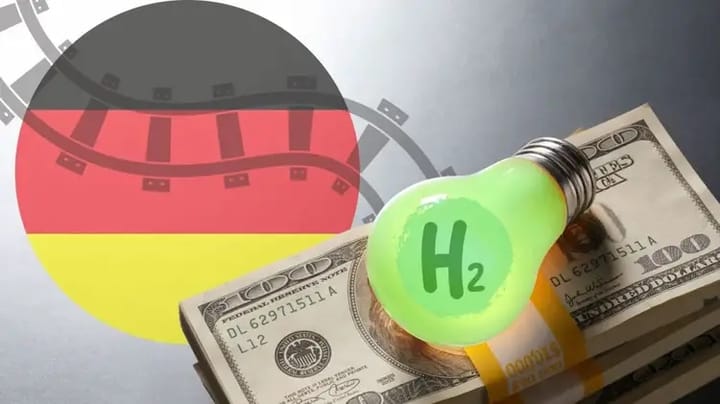Gates Notes: Cheap, green hydrogen would be a massive breakthrough in clean energy
Clean hydrogen can do a lot of things we need to do urgently. And governments in many European countries, Australia, Japan, and the United States have ambitious plans for using it to decarbonize their economies
When most people picture greenhouse gas emissions, they think about cars and electricity. That’s because they turn keys, press buttons, and flip switches every day. The good news is, we already have ways to decarbonize these types of emissions (solar, wind, and nuclear power and lithium ion batteries). The bad news is, they add up to only about one third of the total.
The other two thirds—almost 35 billion tons—are much harder for most people to see. For example, we all use products made of cement, plastic, and steel, but most of us don’t manufacture them or load them onto cargo ships. To zero out emissions on these products, we need new technologies. Enter clean hydrogen. It has so many potential uses that some people refer to it as the Swiss Army Knife of decarbonization.
The world already uses 70 million tons of hydrogen each year as a chemical in some manufacturing processes like making fertilizer. Today, nearly all that hydrogen is produced from fossil fuels. If we make that hydrogen clean, we eliminate the 1.6 percent of global emissions that it is responsible for now.

